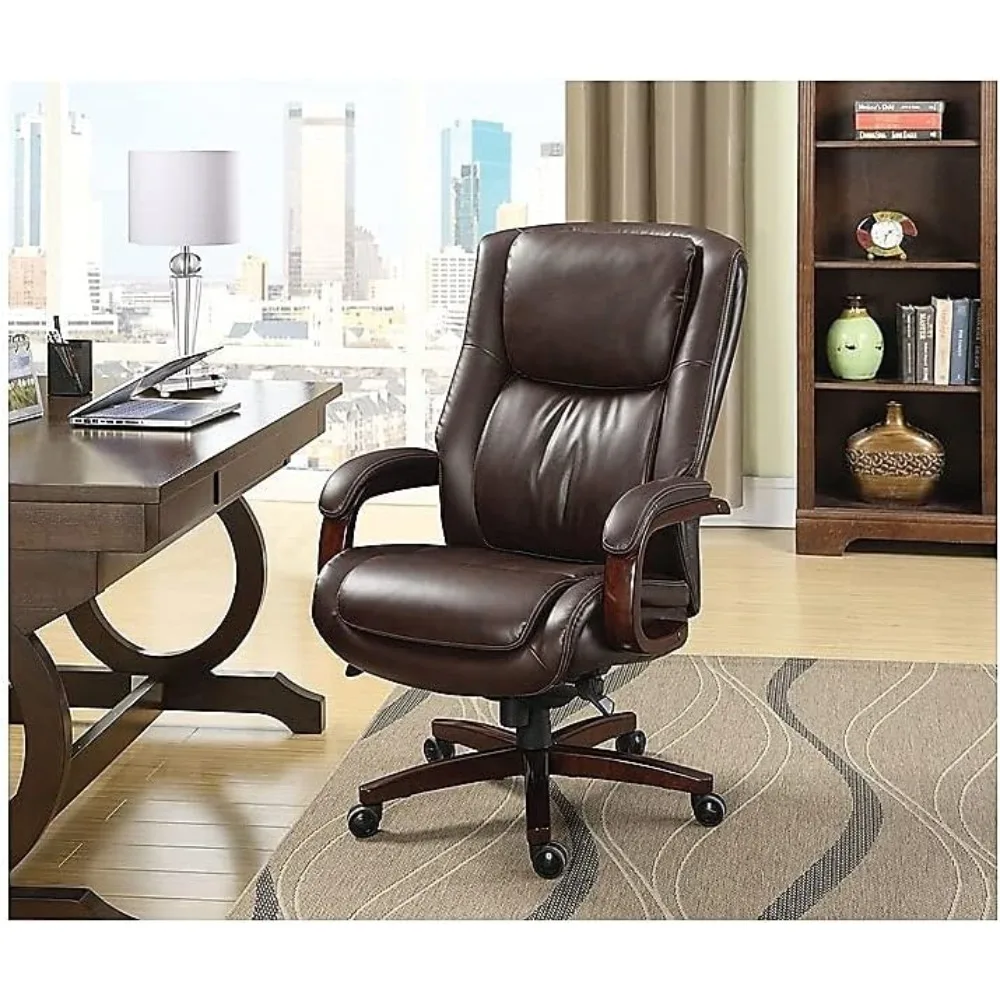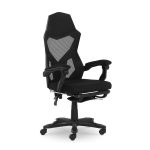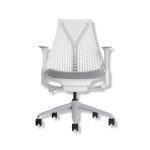Reupholstering your office chair can breathe new life into a piece of furniture that has seen better days. Whether you’re looking to update the look, enhance comfort, or extend the life of your chair, reupholstering is a cost-effective and rewarding solution. This comprehensive guide will walk you through the entire process, from assessing the need for reupholstering to completing the project successfully.
Why Reupholster Your Office Chair?
Benefits of Reupholstering
Reupholstering your office chair offers several advantages beyond just aesthetics. One of the primary benefits is the ability to customize the chair to better fit your personal style or office decor. By choosing a new fabric, you can create a fresh look that complements your workspace. Additionally, reupholstering can enhance comfort, especially if the existing fabric has become worn or if the padding has flattened over time.
Another significant benefit is cost savings. Purchasing a new high-quality office chair can be quite expensive. Reupholstering allows you to refresh your existing chair at a fraction of the cost, which can be particularly advantageous for those on a budget. Moreover, reupholstering can extend the life of your chair, reducing the need for premature replacements and minimizing waste.
When to Consider Reupholstering
Reupholstering is a viable option when your office chair shows signs of wear and tear but is still structurally sound. If the fabric is frayed, stained, or outdated, and the cushioning has become less supportive, reupholstering can rejuvenate the chair. However, if the chair has significant structural issues or if it’s no longer comfortable despite repairs, it may be more practical to invest in a new chair.
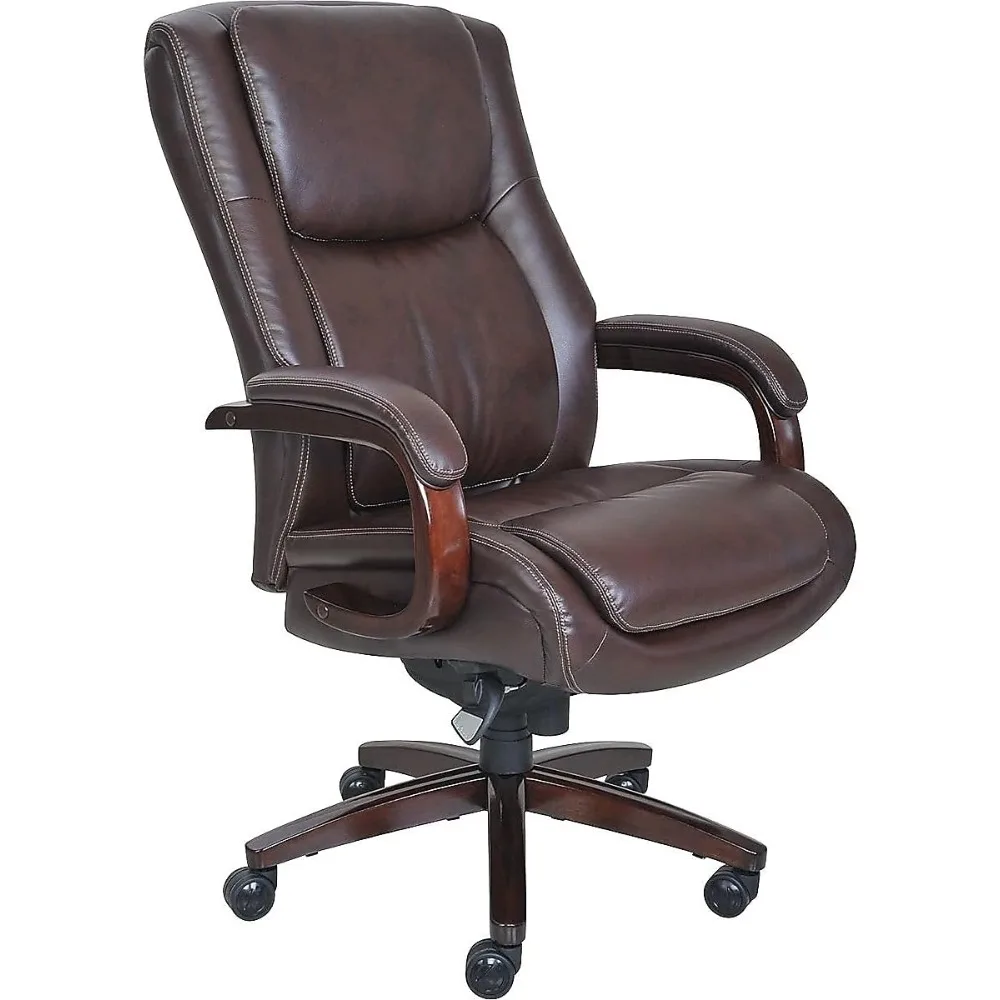
Assessing the Condition of Your Chair
Evaluating the Frame and Structure
Before starting the reupholstering process, it’s crucial to evaluate the chair’s frame and structure. A solid, well-constructed frame is essential for a successful reupholstering project. Check for any signs of damage, such as cracks or wobbly parts, which might indicate that the chair is not worth reupholstering. If the frame is in good condition, proceed with the reupholstering; otherwise, consider repairing or replacing the frame first.
Inspecting the Padding and Cushioning
The condition of the padding and cushioning is another critical factor. Over time, padding can compress and lose its shape, affecting comfort and support. Press down on the seat and backrest to assess the firmness of the cushioning. If the padding feels flat or uneven, it may need to be replaced or added to during the reupholstering process. Proper padding ensures that the chair will be comfortable and supportive once reupholstered.
Choosing the Right Fabric
Types of Upholstery Fabrics
Selecting the appropriate fabric is crucial for both the functionality and appearance of your reupholstered chair. There are several types of upholstery fabrics to choose from, each with its own set of characteristics:
- Leather: Durable and easy to clean, leather is a popular choice for office chairs. It adds a touch of sophistication and can be very comfortable. However, leather can be more expensive and may require regular conditioning to maintain its appearance.
- Fabric: Upholstery fabrics come in various textures and patterns. Common options include microfiber, which is stain-resistant and soft, and woven fabrics, which offer durability and a range of designs. Choose a fabric that complements your office decor and fits your comfort preferences.
- Performance Fabrics: These are engineered to resist stains, spills, and general wear and tear. They are ideal for high-traffic areas or if you anticipate heavy use of your office chair.
Color and Pattern Considerations
When choosing fabric for reupholstering, consider the color and pattern that will best fit your office environment. Neutral colors like beige, gray, or black are versatile and can blend seamlessly with various decor styles. If you want to add a pop of color or create a focal point, opt for bold hues or patterns. Ensure that the chosen fabric complements your office furniture and overall design scheme.
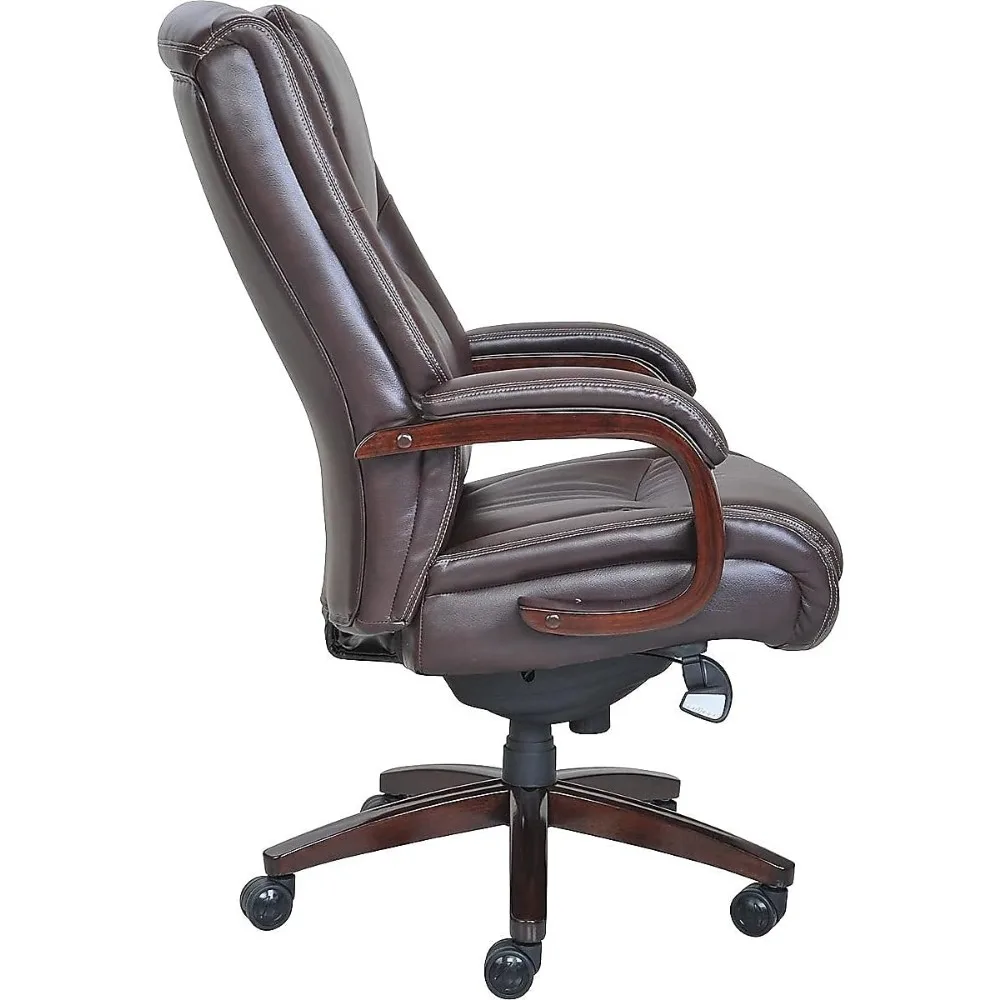
Tools and Materials Required
Essential Tools for Reupholstering
Having the right tools is essential for a successful reupholstering project. Here’s a list of tools you’ll need:
- Staple Gun: A staple gun is used to attach the fabric to the chair frame. Choose a heavy-duty staple gun for durability.
- Staples: Make sure to use staples that are appropriate for your staple gun and fabric thickness.
- Screwdrivers: Various screwdrivers will help you remove and reattach chair parts.
- Pliers: Pliers are useful for removing old staples and tacks.
- Fabric Scissors: Sharp fabric scissors will ensure clean cuts when trimming the upholstery fabric.
Materials to Purchase
In addition to tools, you’ll need the following materials:
- Upholstery Fabric: Choose a fabric that suits your style and meets durability requirements.
- Foam Padding: Replace or add padding to ensure comfort. Foam padding is available in various densities and thicknesses.
- Batting: Batting helps smooth out the surface and provides additional cushioning.
- Adhesive: Use fabric adhesive if needed to secure padding or fabric in place.
The Reupholstering Process
Preparing the Chair
Before you begin reupholstering, prepare the chair by removing any existing fabric and padding. Carefully unscrew or detach any components, such as armrests or cushions. Use pliers to remove old staples or tacks from the frame. Once the chair is stripped down, clean the frame and inspect it for any necessary repairs. Make sure to keep all removed parts organized for reassembly later.
Cutting and Applying New Fabric
Measure and cut the new fabric according to the dimensions of the chair. Allow extra fabric to ensure complete coverage and ease of stapling. Begin applying the fabric by attaching it to one side of the chair frame. Smooth out the fabric as you go, making sure there are no wrinkles or bubbles. Use the staple gun to secure the fabric in place, starting from the center and working your way outwards.
Replacing Padding and Cushioning
If you’re replacing the padding, cut new foam to fit the chair’s seat and backrest. Place the foam over the chair frame and secure it with batting. Use adhesive if necessary to hold the foam and batting in place. Once the padding is properly positioned, cover it with the new fabric, pulling it taut and securing it with staples. Ensure that the padding is evenly distributed and provides a comfortable seating surface.
Reassembling the Chair
Putting the Chair Back Together
After securing the new fabric and padding, reassemble the chair by reattaching any removed components. Use screwdrivers to fix any parts that were unscrewed during disassembly. Ensure that all screws and bolts are tightened properly to maintain the chair’s stability. Double-check that the fabric is properly aligned and secured before finalizing the reassembly.
Final Touches and Quality Check
Inspect the reupholstered chair for any imperfections or areas that need adjustment. Check the fabric for smoothness and make sure there are no loose staples or wrinkles. Sit on the chair to test its comfort and ensure that the cushioning is supportive. Make any necessary adjustments to achieve the desired look and feel.
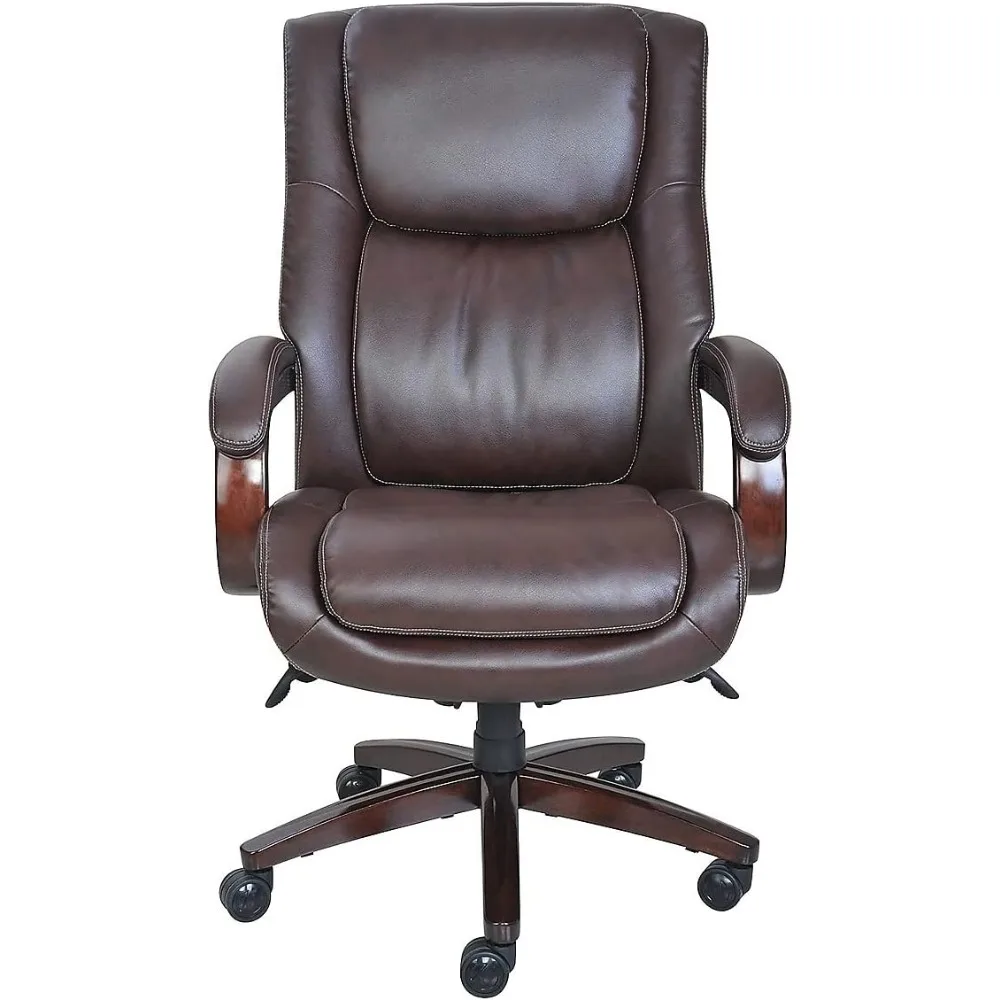
Maintaining Your Reupholstered Chair
Cleaning and Care Tips
Proper maintenance will extend the life of your reupholstered chair and keep it looking its best. Follow the care instructions provided with your upholstery fabric. For fabric chairs, regular vacuuming can help remove dust and prevent dirt buildup. Spot-clean stains with appropriate cleaners and avoid over-wetting the fabric. For leather chairs, use a leather conditioner to keep the material supple and prevent cracking.
Addressing Wear and Tear
Even with proper care, wear and tear may occur over time. Address minor issues promptly to prevent them from becoming major problems. For example, replace any loose staples or fix small tears in the fabric as soon as you notice them. Regular maintenance and prompt repairs will help keep your reupholstered chair in excellent condition.
Conclusion
The Value of Reupholstering
Reupholstering your office chair is a practical and cost-effective way to enhance its appearance and comfort. By carefully assessing the condition of your chair, selecting the right materials, and following the reupholstering process, you can achieve a refreshed and functional piece of furniture. Reupholstering not only extends the life of your chair but also allows you to personalize it to match your office decor and comfort preferences.
Enjoying Your Reupholstered Chair
Once your reupholstering project is complete, take pride in your handiwork and enjoy the benefits of a revitalized office chair. With proper care and maintenance, your reupholstered chair will continue to provide comfort and style for years to come. Embrace the satisfaction of a job well done and the enhanced functionality of your upgraded office chair.
